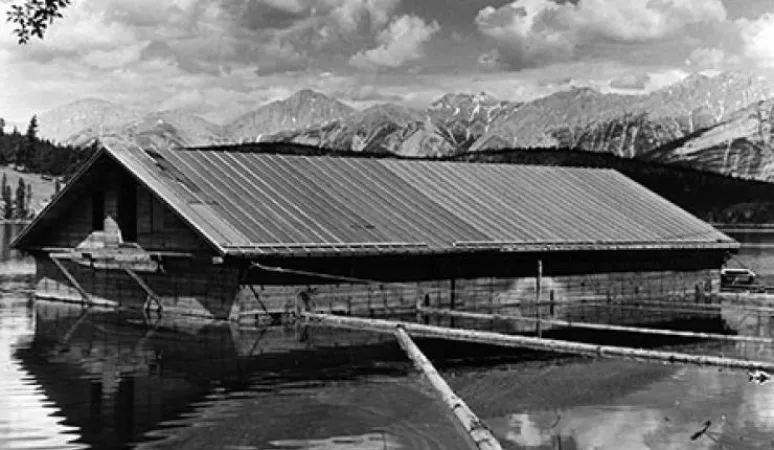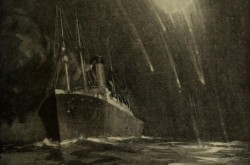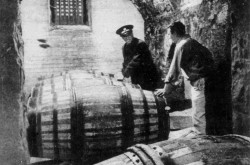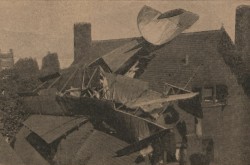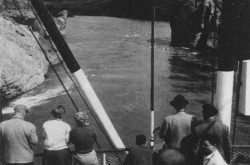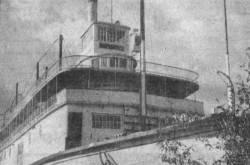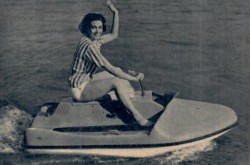The Ice Ship Cometh
This article was originally written and submitted as part of a Canada 150 Project, the Innovation Storybook, to crowdsource stories of Canadian innovation with partners across Canada. The content has since been migrated to Ingenium’s Channel, a digital hub featuring curated content related to science, technology and innovation.
Imagine an aircraft carrier that is unsinkable, self-repairing and virtually invisible to the enemy. In the midst of the Second World War, Winston Churchill made a direct request to Canada to build just such a vessel – out of ice.
In 1943, the National Research Council of Canada teamed up with the British government in a secret project code-named Habakkuk (after an Old Testament prophet). The idea was to carve floating airfields out of thick slabs of ice. These airfields would provide mobile landing sites for fighter aircraft to launch attacks on remote and unprotected parts of Europe. Not only would the ice structures float, any damage could be repaired simply by adding more water.
A massive model was begun at Patricia Lake in northern Alberta. However, scientists soon realized that ice split too easily to be a reliable building material. So they found a way to strengthen the ice with wood pulp and called the new material “pykrete”.
Ultimately, Habakkuk melted into obscurity when the British government realized that the project was too expensive and impractical, and NRC’s model was left to sink into the lake. While the ice ship never materialized, important research about the properties of ice and the development of pykrete remains useful to this day.



